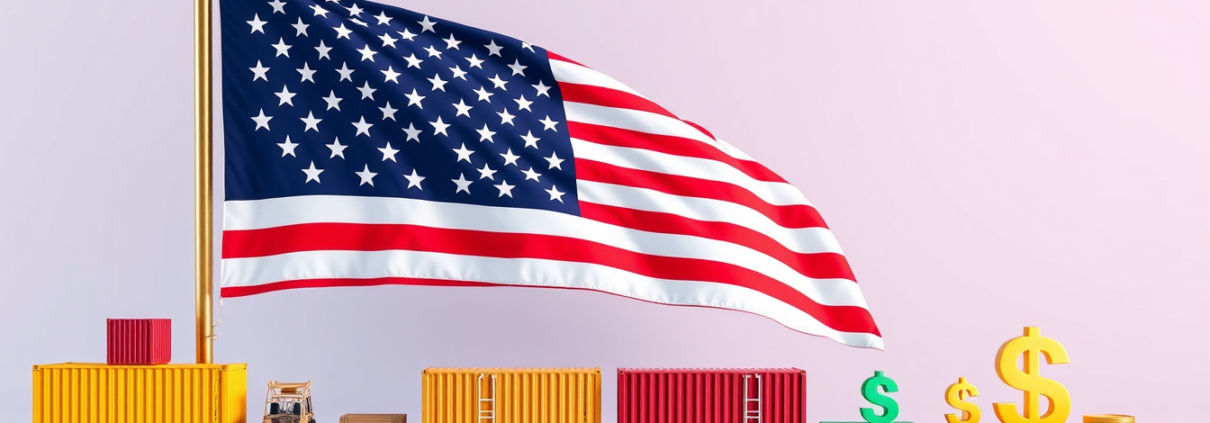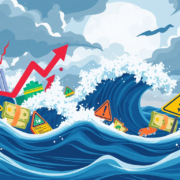Trump’s Bold New Tariffs: A Game-Changer for U.S. Trade Relations
Trump’s ‘Reciprocal’ Tariffs Take Effect, Impacting Numerous U.S. Trading Partners
Published August 7, 2025
U.S. President Donald Trump set his planned "reciprocal" tariffs into motion. The new tariffs raise import duties from many trade partners. They aim to fix old trade differences. Trump claims some nations have used the United States for years.
Major Tariff Increases Across Multiple Countries
At midnight, tariffs on billions of dollars in goods reached U.S. markets. Trump posted on his social media site, Truth Social:
“IT’S MIDNIGHT!!! BILLIONS OF DOLLARS IN TARIFFS ARE NOW FLOWING INTO THE UNITED STATES OF AMERICA!”
Tariff hikes hit many countries. For example:
- Syria gets a 41% duty.
- Laos and Myanmar face a 40% rate.
- Switzerland is hit with 39% after talks fell apart.
- Brazil and India now face 50% (with India’s rate rising from 25% later this month).
Swiss officials met in Washington D.C. They tried hard to make a deal when the 39% rate was set. No solution has been reached yet, and an announcement is expected from the Swiss government later on Thursday.
Varied Tariff Rates and Ongoing Negotiations
Different trade partners face different tariff rates. The European Union, Japan, and South Korea now have tariffs of 15%. The United Kingdom secured a rate of 10%. China still holds a temporary trade truce with the U.S. Tariffs for Mexico are paused as talks continue.
India’s exports total $434 billion. Tariffs on Indian goods will rise to 50% later this month. The administration cites India’s current purchase of Russian oil as the main reason for the increase.
Experts Warn on Economic Impact and Risks
Bill Papadakis, a macro strategist at Lombard Odier, shared his view on CNBC. He said,
“This game is not over.”
He warned that even with recent trade deals and pauses in some tariffs, these new duties might slow U.S. growth and nudge inflation upward.
Papadakis pointed out that Trump’s plans include a possible 100% tariff on semiconductor chips. Some earlier moves were held back after market reactions. The full effects of these tariffs will come into view only with time.
Looking Ahead
The Trump administration is now rearranging tariffs to show a firm stance on trade. This change aims to balance trade but may push up inflation, disturb supply lines, and test trade ties.
As Switzerland waits for further news and India prepares for higher duties, global markets watch closely to see how these new tariffs change international trade dynamics.
For live updates and in-depth coverage on ongoing trade developments, stay connected with CNBC.









